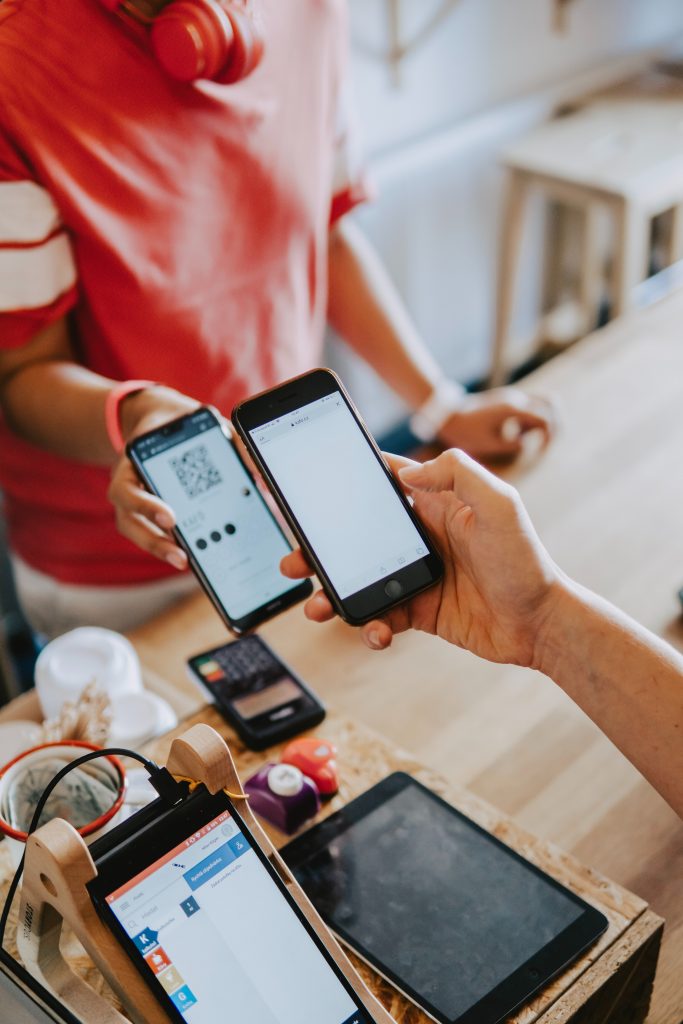What to Learn About a Bar Code The picture of lines (bars) and spaces, typically called a bar code is useful to retail shop products, identity cards, and postal mail. Further, to identify a certain product number, person, or place.
The code consists of a series of vertical bars separated by spaces to represent numerals and other symbols. Data characters (including an optional check character), a stop character, and another quiet zone make up a standard bar codesign.
To read the code, a barcode reader is useful. Using a laser beam, the reader measures line and space thickness and variation. So, they then transmitted digital data from the reader to a computer for instant action or storage. We have developed many diverse uses for bar codes and bar code readers. Also, are most commonly seen in supermarkets and retail establishments.
You may use barcodes, for example, to take inventory in retail establishments:
(1) to check out books from libraries;
(2)to track manufacturing and shipping movements;
(3) to sign in at work; to identify hospital patients;
(4) and to calculate the outcomes of direct mail marketing campaigns.
We have tagged bees used in studies with bar codes that are very tiny. When linked to a computer, as they are in retail stores, readers may read and store data until it can be input into a computer.
Every symbol a need
Each symbology serves a particular application, industry, or geographic need. There is no single standard bar code; instead, there are many separate standards called symbologies. Most retail establishments use the Uniform Product Code (UPC), which is governed by the Uniform Code Council.
It provides for an extra pair of digits and is gaining in popularity. Joe Woodland was the developer of the first bar code system. A standard bar code for mass mailing in the United States, POSTNET is to identify ZIP codes.
Following is a list of bar code standards that are most often useful across the world.
Standard and Uses of Bar Codes
Uniform Product Code (UPC).
Stock, etc. at retail shops.
The code 39
Inventory and shipping tracking (Code 3 of 9).
POSTNET.
U.S. mail encodes with zip codes.
European Article Number (EAN).
Here are more numbers to enable nation identification.
Japanese Article Number (JAN).
They used it in Japan and is similar to the EAN.
Bookland.
On book covers, ISBNs are utilized.
ISSN bar code.
Periodicals outside the U.S. use ISSN numbers for their ISSN numbers.
The code 128.
They prefer code 39 since it is smaller and easier to read.
Interleaved 2 of 5.
In the shipping and warehouse industries, they often use this term.
Codabar.
Federal Express, libraries, and blood banks all use this system.
MICR (Magnetic Ink Character Recognition).
Also, a unique typeface used on the bottom of the bank checks for the numbers.
OCR-A.
Optical character recognition format used on book covers to display the human-readable ISBN number.
OCR-B.
The UPC, EAN, JAN, Bookland, and ISSN bar codes have a human-readable form.

